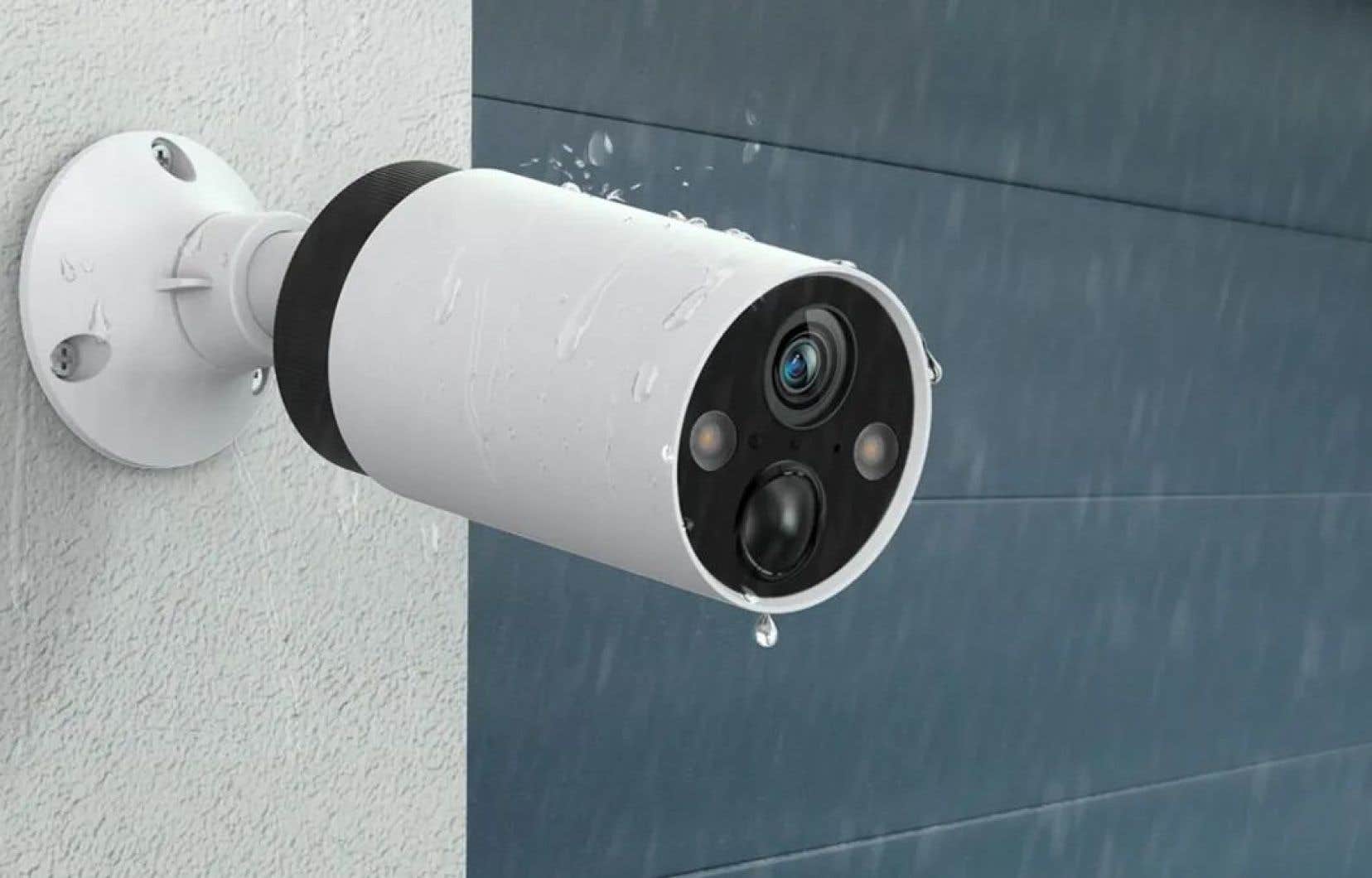The same thing that completely transformed the telephony market over the past 20 years has also seeped into home surveillance systems. For the better, mostly, but also a bit for the worse.
Indeed, it is now possible, for a handful of dollars, to install battery-powered surveillance cameras around your home with a long-range wifi antenna. In practice, this allows you to monitor your home from the outside via the Internet, without having to run electrical wires all around. As the batteries of these cameras last between four and six months between two recharges, even in winter, we can go on vacation with peace of mind, knowing that we will be alerted if a crank tries to steal our shed, if a delivery man came to drop off a package in front of the entrance, or more simply if raccoons have decided to take up residence under the balcony.
In theory, that still requires trusting a technology that has demonstrated more than once in the past that it comes with more than its fair share of risk. After all, even the smart home devices touted as the most secure can end up being exploited by people with less than honest intentions.
This situation is an illustration of the larger problem of the accelerated obsolescence of electronic products: once the manufacturers of these devices stop caring about them, their level of security plummets. No one is there to plug their possible computer security flaws.
It is a problem.
Google Nest
Home surveillance systems raise other fears. After all, these are video cameras that send sometimes live images of our private lives to a remote server of which we know nothing. It is therefore necessary to trust the word of its neighbors that they will not be used to spy on anything other than their own residence. You also have to take the manufacturer’s word for it that all of this is done with the utmost respect for their privacy.
When this manufacturer is called Google, it is not entirely reassuring. Current and past Google executives have loudly proclaimed the end of privacy, at least on the Internet.
On the side of the subsidiary Nest, which details several security devices for the home, including a set of outdoor surveillance cameras with or without batteries, it is ensured that the images captured are encrypted by the cameras before their transmission and that they are not stored in the memory of the Google Home application installed on your own mobile devices, phones or tablets, Apple, Google or others.
The only reason someone somewhere at Google could later access an unencrypted image from a Nest surveillance camera, it continues, is if the user voluntarily agrees to transmit this image to Google, either for technical support reasons or because it has activated an automated monitoring function.
This function allows you to trace a perimeter in the image filmed by the cameras where a passing person, animal or object – such as a car – will trigger an alert which will then be sent to you by mobile. It’s a fully automated system that isn’t flawless either: cyclists can be mistaken for deer…even though they’re unlikely to eat your cedars as they pass.
In short, it’s not perfect. But other than the initial retail price of $240 for two battery-powered wifi cameras, it costs nothing more than the time it takes to properly install them on his property. The Nest Aware service costs $8 a month and saves video footage where anomalies are spotted for a time. Their long wifi range allows them to be installed in the back of the yard without losing the signal.
Of course, be sure to respect the privacy of neighbors.
TP-Link Tapo
Chinese manufacturer TP-Link takes the promise of respecting your privacy one step further with its new Tapo wireless outdoor cameras. These are sold with a wifi bridge that you plug into the home’s Internet router and into which you insert an SD type memory card. It is on this card – and on this card only, we promise – that the videos produced by the cameras are stored.
The images are 2K resolution, so just enough pixels to identify people or animals that will pass through your property in your absence. The batteries are removable and last four to six months between charges. A siren can be triggered remotely, in the event of an alarm.
These cameras are sold in sets of two or four. The base set costs $280, but TP-Link recently offered it at a discount, at $170. The Tapo range is billed as a cheap family of smart home devices, so you might as well wait for the sales if that’s the kind of gadget you need to leave the house for an extended period without worry.
Again, watch out for your neighbors. Perhaps it would be appropriate to consult them to make sure that the positioning of your cameras does not bother them.
